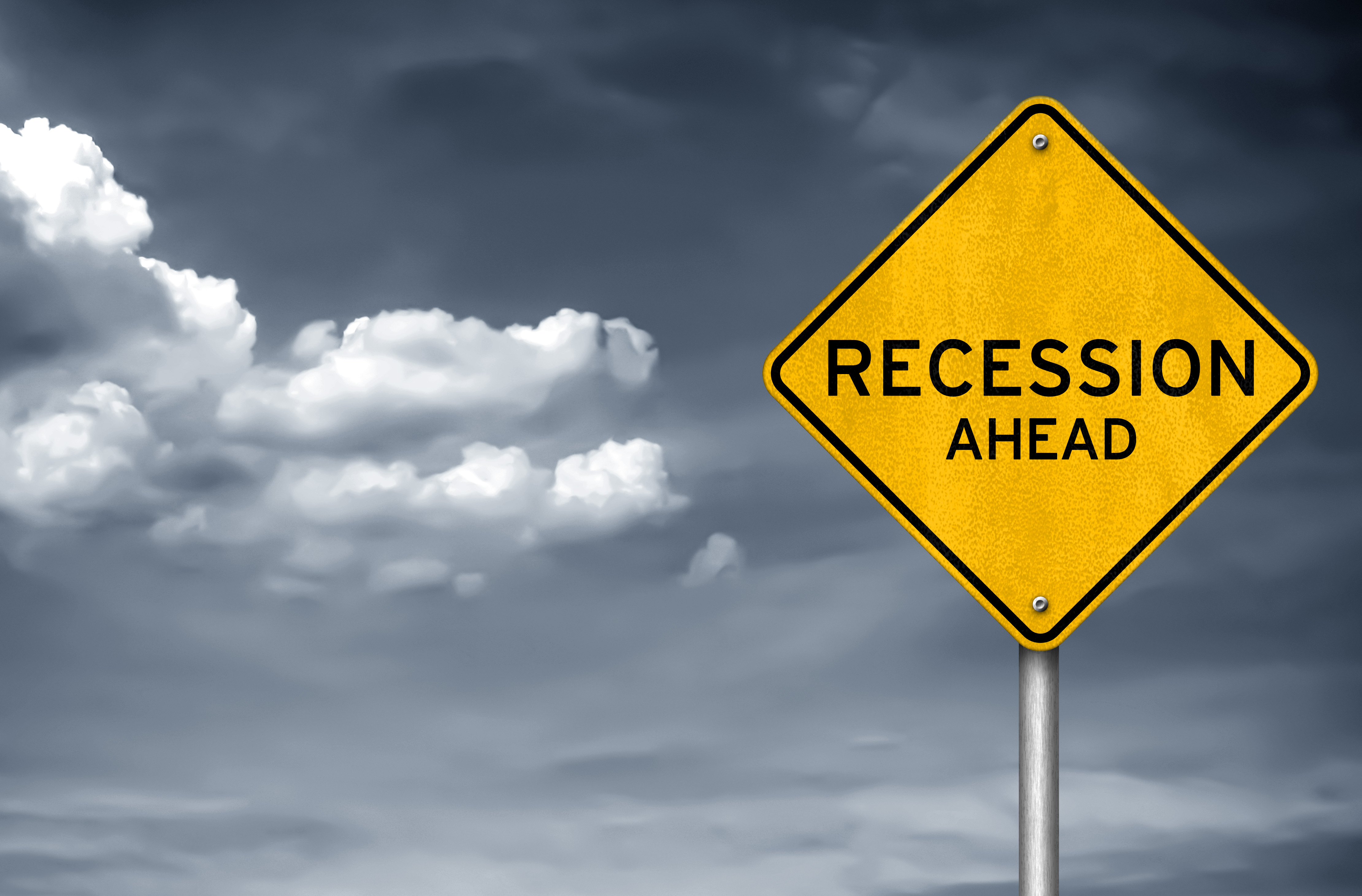According to a recent KPMG survey, 59% of US CEOs plan to pause or reconsider ESG efforts in anticipation of a recession. This is an understandable gut reaction – pausing "nonessential” strategic initiatives and downsizing staff are often viewed as necessary to protect short-term economic stability. Yet at the same time, 70% of CEOs say ESG improves their financial performance. So why are CEOs pumping the brakes?
These conflicting figures showcase an underlying tension between short and long-term returns. ESG is often viewed as a long-term strategy that can’t shield your business from immediate disruptions like recession. However, pausing ESG efforts is not only a mistake for people and planet, but also for your business resilience. And contrary to popular belief, ESG can boost your resilience to near-term events like an economic downturn.
Read on to learn six ways you can use ESG to recession-proof your business and why pausing ESG exposes you to a variety of financial and operational risks.
How to Use ESG to Recession-Proof Your Business
If you’re worried about recession, here’s how you can use ESG to make your business more resilient to economic downturn and even save money along the way:
1) Explore ways to increase energy efficiency and reduce fossil fuel reliance
Energy efficiency upgrades not only reduce your Scope 1 and 2 emissions impact but also provide short-term cost reduction benefits. In fact, in a recent Gartner survey, 80% of business leaders currently engaged in sustainability reported that ESG helped their companies mitigate and reduce costs, especially when it comes to energy consumption and business travel.
During times of economic downturn, every dollar counts. Consider these cost-saving tactics:
- Evaluate your spending and cut costs on nonessentials. Analyze your spending on water, waste, shipping, business travel, and vacant office space. If you have fully remote teams, do you really need to maintain your office lease? Could you attend conferences virtually instead? Could you consolidate shipments between facilities within your supply chain?
- You can’t go wrong with LEDs. LEDs use over 75% less energy than incandescent lighting. If lighting accounts for a significant portion of your corporate energy use, the cost-savings are undeniable!
- Retrofit your HVAC systems. Retrofitting your HVAC systems can reduce energy consumption by 40% and is far cheaper than replacing the system outright.
- Source renewable energy. While it may not be financially viable to install commercial solar panels, you could negotiate a renewable energy contract with an energy supplier or purchase renewable energy directly from your local utility provider. Renewables have seen a massive drop in cost in recent years. The soaring price of energy makes now the perfect time to move away from fossil fuels.
These are just a few ideas. Remember that in addition to environmental and cost-saving benefits, you may even be eligible for tax rebates, preferential financing, and other incentives from recent policies like the Inflation Reduction Act.
2) Use ESG reporting to bolster your risk management practices
Reporting through frameworks like TCFD, SASB, and CDP encourages you to view your business holistically. We often find that ESG reporting helps companies “look under the hood,” uncovering areas of risk and low visibility into operations. After all, ESG reporting isn’t just about your environmental and social practices. Today’s frameworks also want to know about your risk management, governance, and financial planning efforts.
For instance, when looking into supplier management, maybe you’ll discover that nobody within your business owns a complete list of products and materials or manages company-wide product planning. By using ESG reporting as a tool for better business management, you’ll gain control over areas you didn’t realize you needed to before. And during times of economic uncertainty, this kind of visibility is crucial.
3) Facilitate a customer and stakeholder engagement exercise
Whether it’s ESG related or not, engaging your stakeholders uncovers the issues that matter most. In the ESG space we use the term “materiality assessment,” but the same principle applies across all areas of business – your actions should be guided by what your stakeholders care most about, and you won’t know until you ask.
What are your employees, customers, and investors most anxious about? What programs do they want to keep? What initiatives, if dropped, would have a negative impact on your company ratings? You might even ask how pausing your ESG efforts will impact them or make them feel.
If recession is looming, you’ll want to keep the programs that are most important to your stakeholders and business. Today, that often includes initiatives like ESG, DEI, and employee well-being.
4) Conduct a risk analysis workshop
Risk assessments done under the lens of “ESG” or “climate” often unearth other risks you weren’t aware of, as well as opportunities for growth and cost reduction. Don’t get hung up on the word “climate” – it’s about understanding risks across your entire business, both ESG-related and not.
For example, by conducting an ESG risk assessment, you might uncover risks to brand reputation and talent management. Here are some other risks we often discover with clients that could exacerbate the impacts of a recession:
- Consumer trends and behaviors favoring sustainable products
- Pressure from employees to prioritize sustainability or take a stance on political issues
- Financial implications of emerging regulatory requirements
- Risk of losing employees and high retention costs
Bottom line - gaining a holistic understanding of your ESG risks (and opportunities!) not only helps you better plan and prepare but also boosts investor confidence during uncertain times.
5) Map out and engage your suppliers
Supplier engagement and supply chain transparency are crucial for tackling sustainability challenges like Scope 3 emissions, responsible sourcing, and fair labor conditions. However, having a deeper understanding of your supply chain also uncovers your hotspots and increases resilience against disruptions. Is one of your suppliers heavily reliant on hydropower and therefore at risk of shutting down during a drought? Do your suppliers have access to alternative materials if there’s a shortage?
Start with a simple supply chain mapping exercise. Assuming you know who your Tier 1 (direct) suppliers are, reach out and ask who their suppliers are, cascading the information request down your multi-tier supply chain. Emails can be tedious and hard to keep track of, so consider investing in a supply chain transparency platform if you want insight to the source.
Why not just stop at Tier 1? Diving into your Tier 2+ suppliers can show you how your products are made and with what materials, giving you more control simply by having more information.
6) Integrate your ESG strategy across all departments
If you already have an ESG program, be sure your strategy is integrated across all business functions, from procurement and finance to operations and marketing. One of the biggest reasons why ESG programs fall short is because they’re built in siloes. By digging into your organization and building bridges between business functions, you’ll better understand how to allocate resources, identify efficiencies, and manage risks. Plus, cross-functional ESG efforts bring everyone onto the same side, reducing the “budget hoarding” you typically see during downturns.
From a business resilience perspective, the economy of the future is a low carbon economy. Companies that view ESG as the way of doing business, not a way of doing business, will be far better prepared for the future. Making ESG part of how you do business requires an integrated approach. Get some ideas on how to build an integrated ESG strategy here.
Why ESG is Critical to Recession Resilience
While it may be tempting to pause your ESG program to cut costs, doing nothing or even failing to meet ESG goals actually increases operational and financial risk. Here’s why:
- You risk alienating your consumers. ESG is now part of the social license to operate, and customers reward sustainable businesses with their dollars. By cutting ESG initiatives you risk alienating this influential consumer demographic.
- You could spur high employee turnover. Today’s employees want to work for climate and social justice-friendly organizations. In a time when talent retention is a chief concern among executives, you don’t want to lose this competitive hiring edge.
- You may fail to meet investor demands. Regardless of market conditions, investors are demanding action on ESG – by pausing your ESG efforts you risk falling out of favor with your investor owners and may even experience decreased access to capital.
- You’ll be left behind on emerging regulations. Overseas, the EU just announced its final approval of the Corporate Sustainability Reporting Directive (CSRD). In the US, it’s only a matter of time before the SEC finalizes its climate disclosure ruling. No matter where your business operates, it’s going to be far more expensive to invest in the necessary strategies to achieve compliance down the line than if you start getting ready now. With a possible economic downturn just around the corner, this expense may prove to be extra burdensome if you hold off.
Remember, the economy will come back around – KPMG CEO Paul Knopp predicts a quick rebound by mid-2023. If you pause your ESG efforts now, you’ll be behind the climate action curve when the economy rebounds. On top of this, you’ll have to invest even more money into your ESG initiatives than if you had just stuck to the plan.
Need help taking advantage of any of these strategies in your business? Our team has years of experience helping organizations develop climate action plans, identify opportunities for business resilience, and bake ESG into their company’s DNA. Get in touch with us here.



